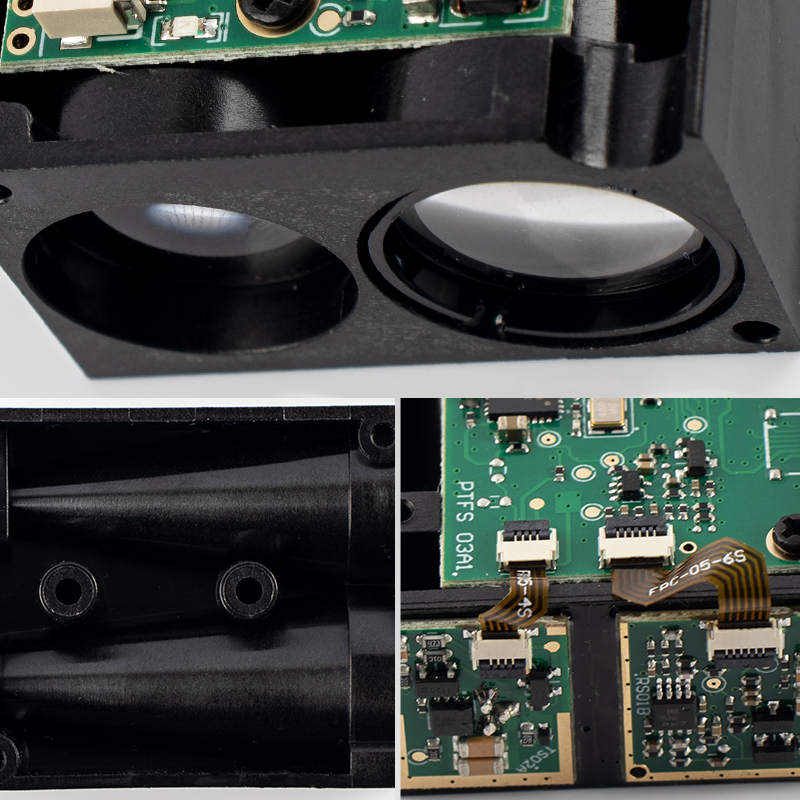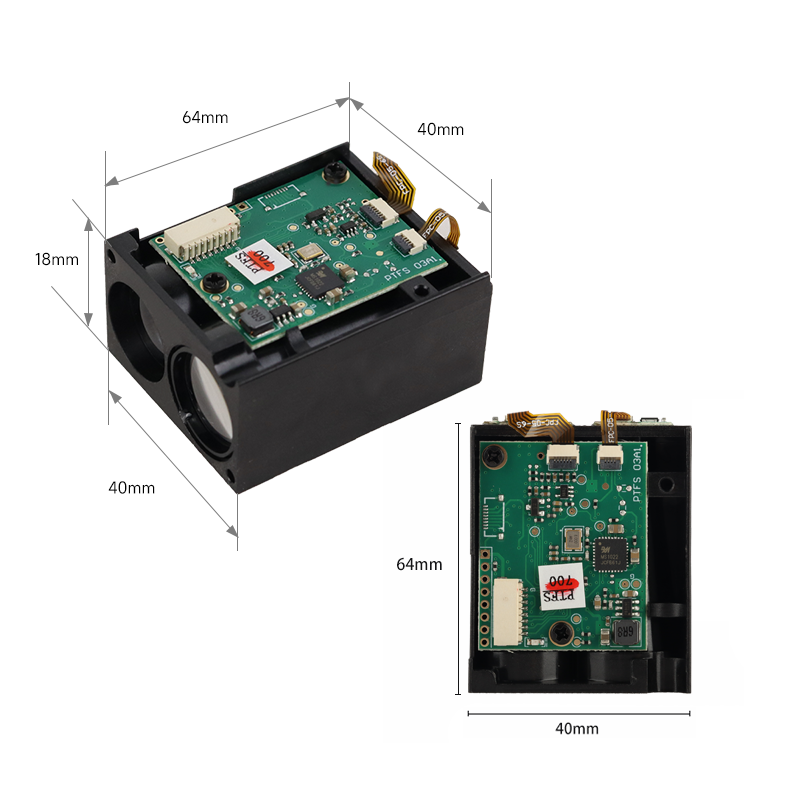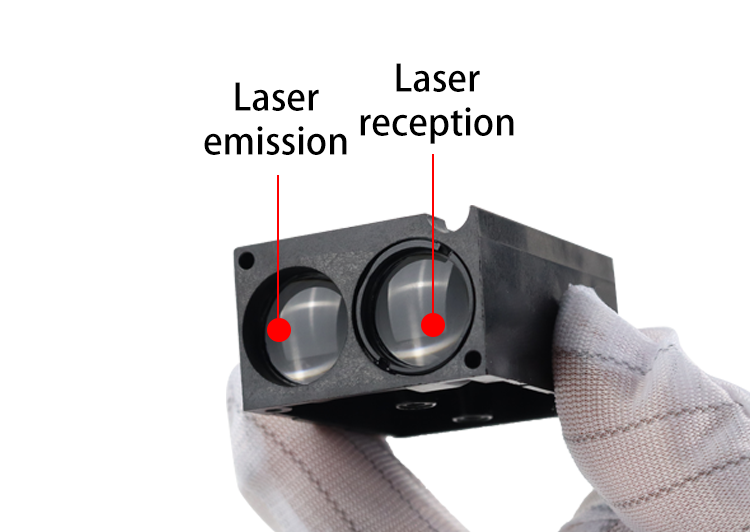The PTFS is a compact and lightweight series model, with dimensions of 43*35*21mm. It operates at a frequency of 3Hz and can function within a temperature range of 0-50℃. This model is equipped with a laser type of 905nm, Class I, which ensures high accuracy in its output.

“If you are looking for a High Precision Laser Distance Sensor, check out our Phase Distance Sensor.”
The PTFS offers a range of up to 1000m, with an impressive accuracy of ±1m. This feature makes it highly suitable for applications that require long-distance measurements, such as surveying, construction, and geological exploration. The model also supports various communication protocols, including TTL, RS232, and RS485, making it versatile for integration with different systems and devices.

In addition to its technical specifications, the PTFS is designed to be user-friendly and safe to use. Its small size and light weight (only 20g) make it easy to handle and transport, while its Class I laser classification ensures that it is safe for use in a wide range of environments.

“If a higher frequency is needed, check out our High Frequency Ranging Sensor Module.”
Overall, the PTFS is an ideal choice for professionals who require a reliable, accurate, and versatile measurement tool for their long-range applications. Whether you are a surveyor, engineer, or researcher, this model is sure to meet your needs and exceed your expectations.
“If a higher frequency is needed, check out our High Frequency Ranging Sensor Module.”
“For industrial use, please check out our IP Protection Sensors.”

Scenario: A construction engineer is tasked with measuring the distance between two points on a construction site. The points are located several hundred meters apart, and the engineer needs to ensure that the measurement is accurate to within a few centimeters. The PTFS series model would be an excellent choice for this application, as it offers long-range capabilities and high accuracy. Additionally, the model’s support for various communication protocols would allow the engineer to easily integrate it with other equipment on the site, such as a total station or a data logger.
